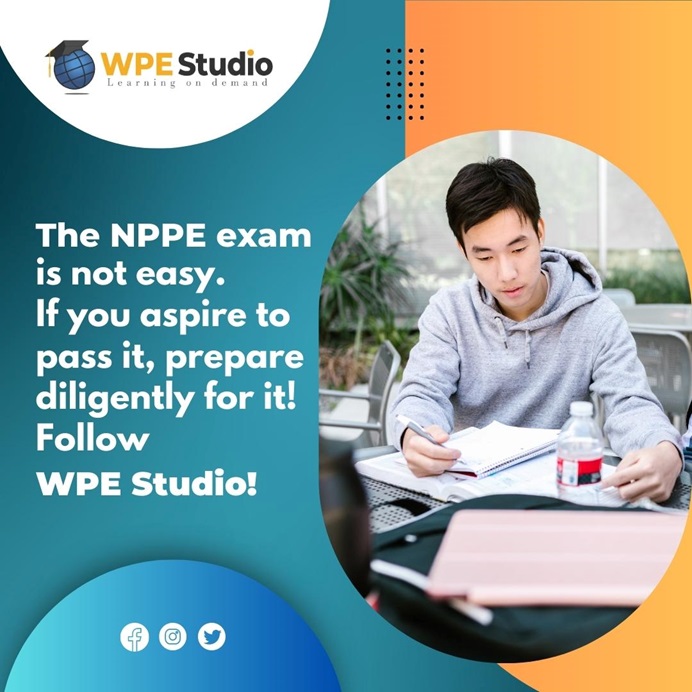Introduction.
Most topics for the essay question of the NPPE exam of the Association of Professional Engineers and Geoscientists of British Columbia (EGBC) can be related to its Code of Ethics (CoE). Therefore, it is desirable to become very conversant with this code and its companion, the Guide to the Code of Ethics before taking the exam. Naturally, there is no need to learn the CoE by heart. However, it can be very helpful during the closed-book exam, and especially during the essay question [1], to have a mental map of the code. This map and your familiarity with the code itself can make the difference between a robust or meager brainstorm, a meaningful or shallow essay, and in the end a pass or fail mark on the essay question.
This blog describes a method to easily create a mental map of the EGBC CoE so that it can help you easily evoke its tenets and principles, provided that you are familiar with the code. The blog will be divided into 3 sections:
- Structure of the code
- Mapping the tenets
- Mapping the principles
1.- Structure of the code.
The EGBC CoE is just a one-page (405 words) document and has two parts: Introduction and Body. The Introduction makes explicit reference to 3 basic tenets (the second and third are combined in one single sentence.) The Body consists of 13 principles that emanate from those basic tenets (Consult the CoE [2] and its Guide [3] as it is unnecessary to reproduce them or parts of them in this blog.)
2.- Mapping the tenets.
A mental map of the tenets is probably not strictly necessary to evoke them as they are only three, but it can be created. A simple inspection of the tenets reveals that they address professional behavior, values, and duty, respectively. These three words can be taken as short titles for the tenets and these would usually suffice as a mental map for the purpose of this blog.
Nevertheless, the map can be refined further. Note that the tenets contain some redundant words, for example, fairness is already alluded to in good faith (in the first one), truth is contained in honesty (in the second), and life is included in welfare (in the third). If these redundant words and the verbiage that can easily be remembered are omitted, then the tenets simplify to their core:
- Behavior: courtesy & good faith
- Values: honesty & trustworthiness
- Duty: human welfare & the environment
This constitutes a simple mental map that can help you evoke the three basic tenets, easily.
3.- Mapping the principles.
Titling was a technique used to map the tenets above. It is also a technique that will be used to map the principles. The EGBC video [4] shows some work done in the right direction: it already suggested titles for each of the principles. However, most of these titles are wordy and not good enough as mnemonics that are necessary for a mental map: they need to be single words or very short phrases (two or at most three words). If each principle is analyzed deeply, one can certainly come up with far more compact titles for the 13 principles as follows (the ones marked with an asterisk are taken from the video above as they fit well the purpose):
-
Public interest
-
Competency
-
Laws
-
Standards
-
Competence
-
Qualifications
-
Professional opinion
-
Conflicts of interest
-
Duty to report*
-
If overruled
-
Teamwork
-
Diligence & documentation
-
Do unto others*
If you are familiar with the CoE, having this mnemonic list in your memory can be enormously helpful to evoke any of the principles at will in a closed-book exam situation or other similar, like speech improvisations. However, learning this list by heart may not be a simple task for many, and an additional technique is necessary: Chunking. Chunking is a popular memorizing strategy whereby the elements of a list to be memorized are just arranged into smaller but meaningful groups.
If we analyze the above list, it can be seen that whether by chance or meticulous thought, the writers of the CoE gave an almost perfect order to the list of principles to judge for the groups that can be formed out of them and the contiguity of the elements of these groups. Let’s reason together:
First, from the point of view of professional practice, any situation needs to be looked at through the lenses of the particular ‘golden rule’ of engineering and geoscience: public interest is paramount! (Principle 1). Additionally, a more widely recognized ‘golden rule’ that is probably the most fundamental principle in most religions is to treat others as you want to be treated which also applies to professional relationships: do unto others as you would have them do unto you (Principle 13). This is a group of the first and last principles that can rightly be referred to as the Golden rules.
Second, if principles 2, 3, 4, and 5 are observed carefully, it can be seen that the four are related to competence. Practice within competency (Principle 2). Competent work means that professionals follow the law (Principle 3) and follow standards (Principle 4). Lastly, professionals need to double down on competence and maintain theirs (Principle 5). Appropriately, this can be referred to as the Competence group.
Third, the core value behind principles 6 and 7 is honesty. State qualifications honestly (Principle 6). Provide an honest professional opinion (Principle 7). So, this group can aptly be called the Honesty group.
Fourth, the key concept behind principles 8, 9, and 10 is rightening the wrong things. If you are immersed in an actual or apparent conflict of interests, eliminate it altogether (Principle 8). If you see other professionals’ wrongs, report (Principle 9). If your professional opinion is overruled/ignored, stand your ground (Principle 10). This can then properly be named the Rightening group.
Fifthly, principles 11 and 12 are related to work: teamwork, where each professional is responsible for his contribution (Principle 11), and individual work, where the professional should perform diligently and document his work (Principle 12). Suitably this can be referred to as the Work group.
The following would then be the summary:
-
Golden rules: 1, 13
-
Competence: 2, 3, 4, 5
-
Honesty: 6, 7
-
Rightening: 8, 9, 10
-
Work: 11, 12
Observe that all the groups are formed by contiguous principles, including the Golden rules, as iteratively, the first follows the last. Other key features that may sharpen the mental map is to realize that the golden rules sandwich all other principles; the first, third, and fifth groups have exactly 2 elements in each; the second group has 4 elements which go from Competency to Competence on the list, and making the additions and subtractions then the fourth group has to have 3 elements. (As an aside, you can use additional memorizing strategies to reinforce your mental map. For example, if you are familiar with soccer, you can relate the number of players in a soccer team, which is 11, to principle 11 which addresses teams. Memorizing strategies are infinite, so you can experiment with others too).
The map is now complete and anybody can use it. Naturally, as in the case of the tenets, it can be refined further to help memorization. However, this refinement is left to the interested parties. Just a final word: practice makes perfect. So, given the technique above to evoke the CoE, it is your turn to acquire the skill using it repeatedly [5].
Conclusion.
The EGBC CoE is a one-page document that consists of 3 basic tenets and 13 principles. Committing to memory the tenets can be straightforward whereas it is not so with the principles. This blog used two simple memorization techniques like titling and chunking to help anybody familiar with the code to create a mental map that can be used to evoke at will the contents of the code in a closed-book exam situation.
Note: The original version of this post appeared first in the blog section of NPPE Exam: Top Preparation Materials | WPE Studio on August 10, 2022
References.




0 Comments